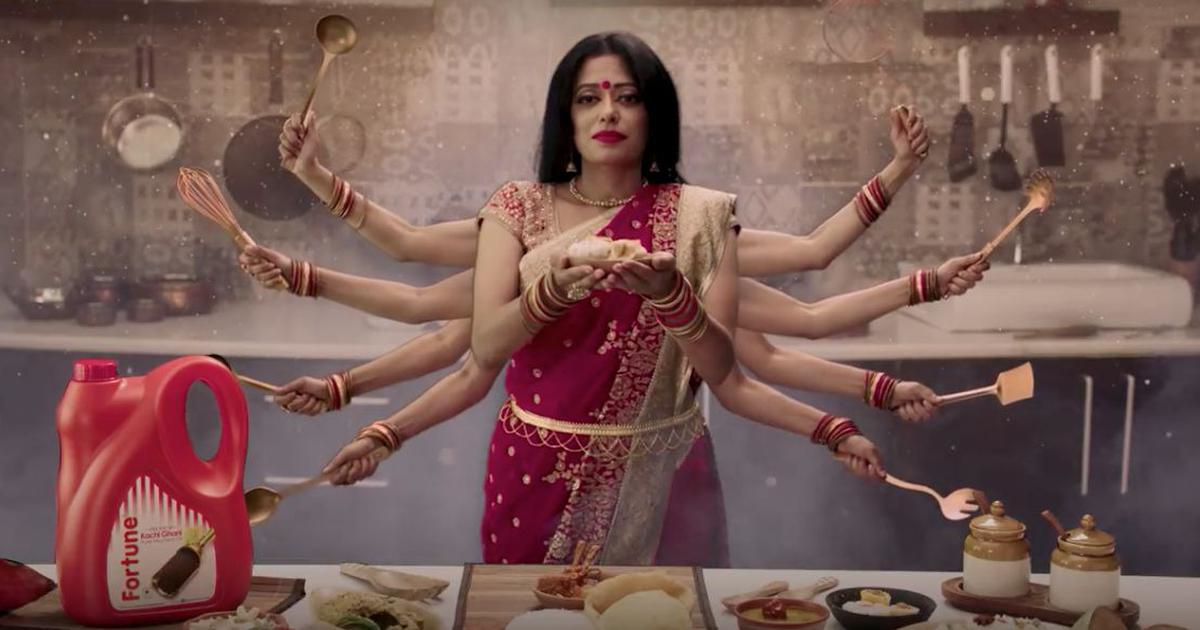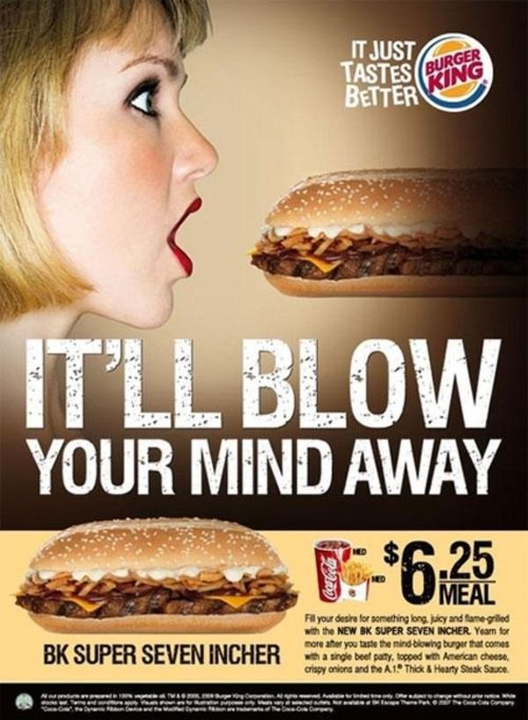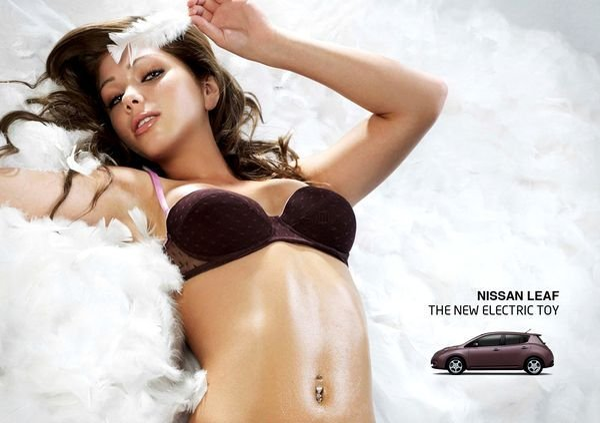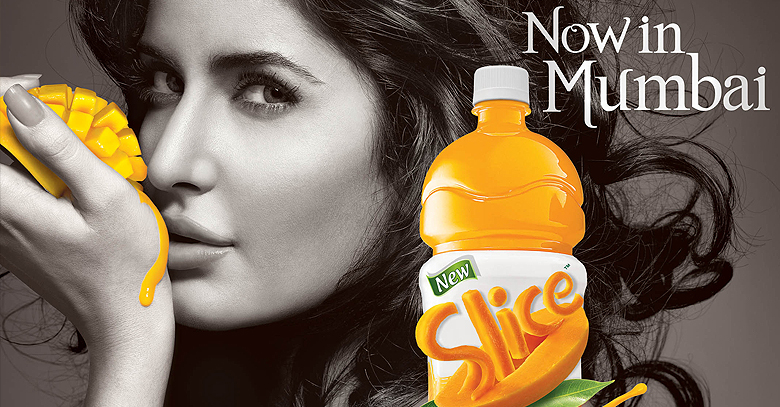

Women Stereotypes in Advertising (and how we, marketers, have failed them!)
Across the world, ads have always been considered as a reflection of the state of society and they even have a fair share of influence of it. In the world of ads, men have achieved glory far too often – by conquering mountain peaks, closing business deals or by inspiring communities with their speeches. Women, on the other hand, have been able to just wash the clothes or cook a yummy meal or pleasing everyone else in their life. I am not sure if we, marketers, think women stereotypes in advertising is a problem.
It’s not that women today don’t perform these tasks. But such portrayal has mostly been a gender-based stereotyping. And often to massage man’s ego or desires – they being the primary TG. Do you think it’s a bold statement? Then why a cement ad will have bikini-clad models, a housewife will get aroused by deodorant of a random guy in the neighbourhood and sometimes even by an adhesive spray?
I think, in our efforts of making the communication memorable, we, marketers have been stereotyping women in advertisements and failing them on 3 counts.
Women Stereotype #1: The Superwoman

This is probably the most common women stereotypes in advertising.
Many brands have often created a superwoman for convenience.
The lady of the house performs all the household chores with ease. She gets her kids and husband out of the bed and ready, looks after her in-laws and even the pet. She prepares a nice lunch and packs for others and only then leaves for work without an ounce of sweat or fatigue. And at the same time, all these family members are strictly restricted to their own individual tasks without the slightest care for the lady.

How different this selfless, do-it-all mom is from the oppressed women of 19th century India where her happiness was a function of her husband’s satisfaction?
Women Stereotype #2: The Idol

Brands are advertising the Barbie doll look with many unreal features for ages. A woman with flawless skin and no blemishes, scars or wrinkles. Or a woman with the perfect hour-glass physique and radiant hairs, etc. The problem here is this woman doesn’t really exist in the real world. She’s just the product of hours of photoshop work.

More and more brands are trying to create that need where, women, from an early age, are told they must look like this woman. They should aim to have long legs, perfect skin, beautiful hair, and an impossible body. Because the world adores and values this type of woman.

And, of course, their products are the one which makes them that Barbie Doll.
Women Stereotype #3: The Object

Haircare, deodorant, apparels, watches, smartphone, fast-food and even adhesive! There’s hardly a brand with men as primary TG that doesn’t bank on the objectification of women in advertising. And in some cases even an insult.

Most male-apparel and grooming brands continue to portray women as sexual objects. Unfortunately implying that male dominance over female is the most powerful advertising tool. They probably don’t realize that they’re portraying the women as mere objects in front of men.

There is another problem here – many men believe that the adverts depicting women in a sexual and often passive posture are not very offensive but rather very funny or sexy.

The tide is turning – slowly
There are many examples of gender bias in advertising or women stereotypes in advertising. However, in recent times brands have made conscious efforts to depict a near-real portrait of women. And importantly, their role in and their equation with society.
When Ariel told dads to #ShareTheLoad and Dove pitched for breaking rules for #RealBeauty, people didn’t only stop and listen to what was being communicated. They also appreciated this wholeheartedly. But unfortunately, such ads and campaigns are a minority.
According to Engine’s 21st Century Woman report, 76% of women think brands do not represent modern women. While a whopping 86% of women believe brands present a very stereotypical view of life.
It’s imperative that brands and marketers must keep pace with societal and cultural changes. They must understand their audience in holistic and meaningful ways. Instead of gender, factors like dislikes, behaviour are often more important to consider.
Women are more social and more vocal than men. They are not afraid to speak out when it matters. The recent #MeToo and #TimesUp movements have proved this beyond doubt. There is no one-size-fits-all answer but the brands that respect women, their aspirations will be rewarded with loyalty and advocacy.
